Find the current supplied by the source in fig the resistors are mounted around in a cylindrical form.
To find the current supplied by the source in the given circuit, we will follow these steps:
Step 1: Understand the Circuit Configuration
We have a circuit with resistors arranged in a cylindrical form. The circuit consists of two 2-ohm resistors and several 4-ohm resistors. The voltage supplied by the source is 14 volts.
Step 2: Redraw the Circuit
For clarity, we can redraw the circuit. We have:
- Two 2-ohm resistors (let's label them R1 and R2).
- Multiple 4-ohm resistors connected in parallel.
Step 3: Identify the Points
Label the points in the circuit:
- Let point A be connected to one end of R1.
- Let point B be connected to the other end of R2.
- Points C and D connect to the 4-ohm resistors.
Step 4: Analyze the Parallel Resistors
The 4-ohm resistors are connected in parallel between points A and B. The equivalent resistance (R') of these 4-ohm resistors can be calculated using the formula for resistors in parallel:
1R′=1R1+1R2+…
If there are 6 resistors of 4 ohms each:
1R′=14+14+14+14+14+14=64
Thus,
R′=46 ohms=23 ohms
Step 5: Calculate the Total Resistance
Now, we need to find the total resistance in the circuit. The total resistance (R_total) is the sum of the two 2-ohm resistors in series with the equivalent resistance of the parallel resistors:
Rtotal=R1+R2+R′=2+2+23
Converting to a common denominator:
Rtotal=4+23=123+23=143 ohms
Step 6: Apply Ohm's Law
Using Ohm's Law (V = I * R), we can find the current (I):
I=VRtotal=14 volts143 ohms=14×314=3 amperes
Final Answer
The current supplied by the source is 3 amperes.
---
We have a circuit with resistors arranged in a cylindrical form. The circuit consists of two 2-ohm resistors and several 4-ohm resistors. The voltage supplied by the source is 14 volts.
For clarity, we can redraw the circuit. We have:
- Two 2-ohm resistors (let's label them R1 and R2).
- Multiple 4-ohm resistors connected in parallel.
Label the points in the circuit:
- Let point A be connected to one end of R1.
- Let point B be connected to the other end of R2.
- Points C and D connect to the 4-ohm resistors.
The 4-ohm resistors are connected in parallel between points A and B. The equivalent resistance (R') of these 4-ohm resistors can be calculated using the formula for resistors in parallel:
1R′=1R1+1R2+…
If there are 6 resistors of 4 ohms each:
1R′=14+14+14+14+14+14=64
Thus,
R′=46 ohms=23 ohms
Now, we need to find the total resistance in the circuit. The total resistance (R_total) is the sum of the two 2-ohm resistors in series with the equivalent resistance of the parallel resistors:
Rtotal=R1+R2+R′=2+2+23
Converting to a common denominator:
Rtotal=4+23=123+23=143 ohms
Using Ohm's Law (V = I * R), we can find the current (I):
I=VRtotal=14 volts143 ohms=14×314=3 amperes
The current supplied by the source is 3 amperes.
Topper's Solved these Questions
- ELECTRIC CURRENT AND CIRCUITBook:CENGAGE PHYSICS ENGLISHChapter:ELECTRIC CURRENT AND CIRCUITExercise:Subjective
Explore 29 Videos
- ELECTRIC CURRENT AND CIRCUITBook:CENGAGE PHYSICS ENGLISHChapter:ELECTRIC CURRENT AND CIRCUITExercise:Single Correct
Explore 72 Videos
- ELECTRIC CURRENT AND CIRCUITBook:CENGAGE PHYSICS ENGLISHChapter:ELECTRIC CURRENT AND CIRCUITExercise:Exercise 5.1
Explore 28 Videos
- ELECTRIC CURRENT & CIRCUITSBook:CENGAGE PHYSICS ENGLISHChapter:ELECTRIC CURRENT & CIRCUITSExercise:Kirchhoff s law and simple circuits
Explore 15 Videos
- ELECTRIC FLUX AND GAUSS LAWBook:CENGAGE PHYSICS ENGLISHChapter:ELECTRIC FLUX AND GAUSS LAWExercise:MCQ s
Explore 38 Videos
Similar Questions
Find the current supplied by the battery ?
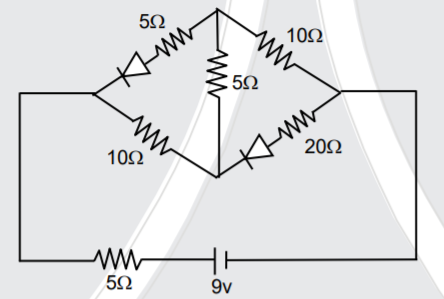
View SolutionFind the current supplied by the battery in the circuit shown in figure.

View SolutionFind the current supplied by the battery in the circuit shown in figure.
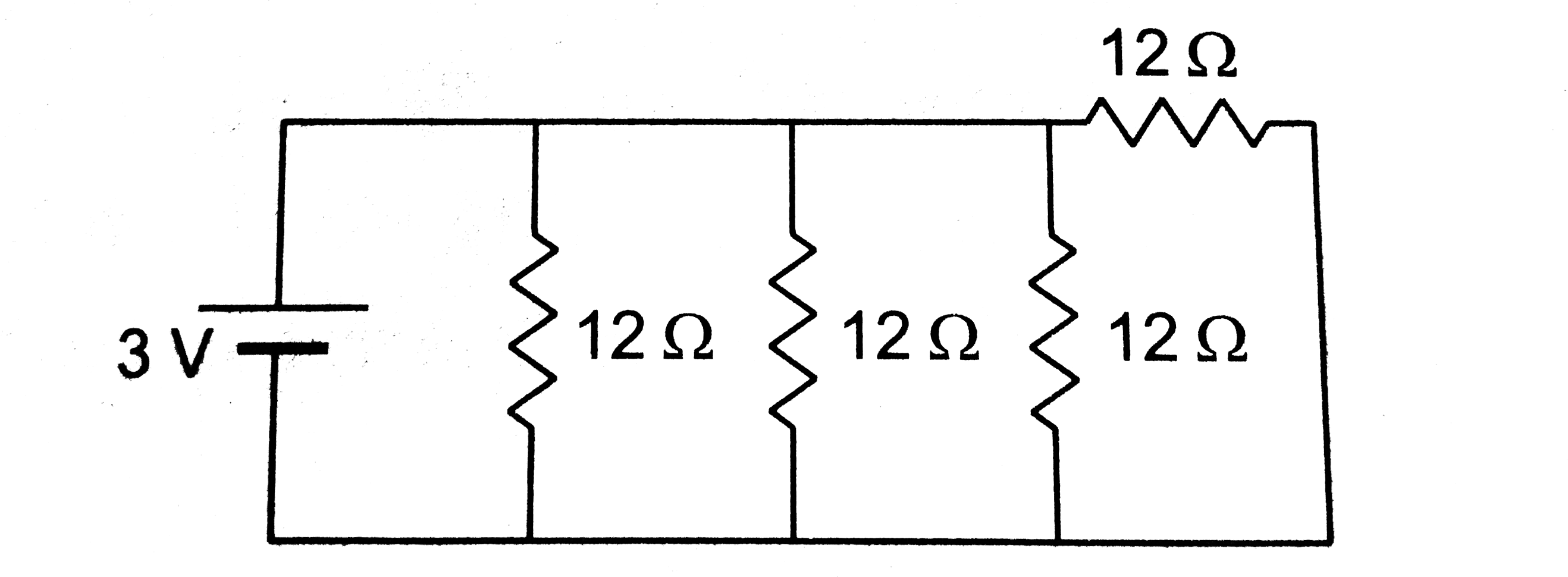
View SolutionFind the current supplied by the battery in the circuit shown in figure.
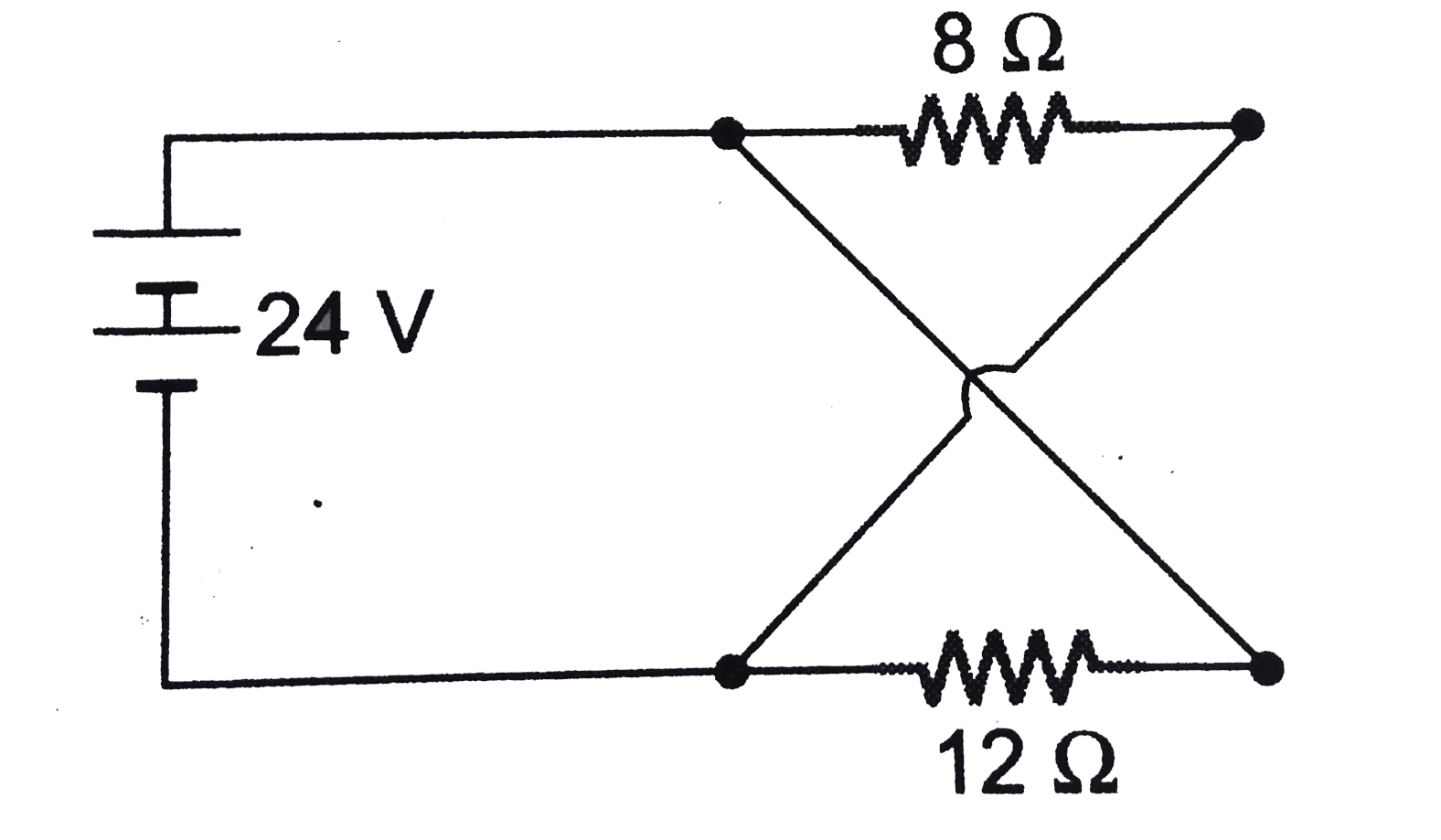
View SolutionFind the current in the resistor shown in figure.

View SolutionFind the current through resistor R
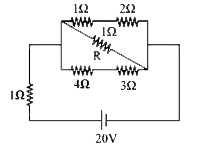
View Solutionfind the currents in the different resistor shown in figure.
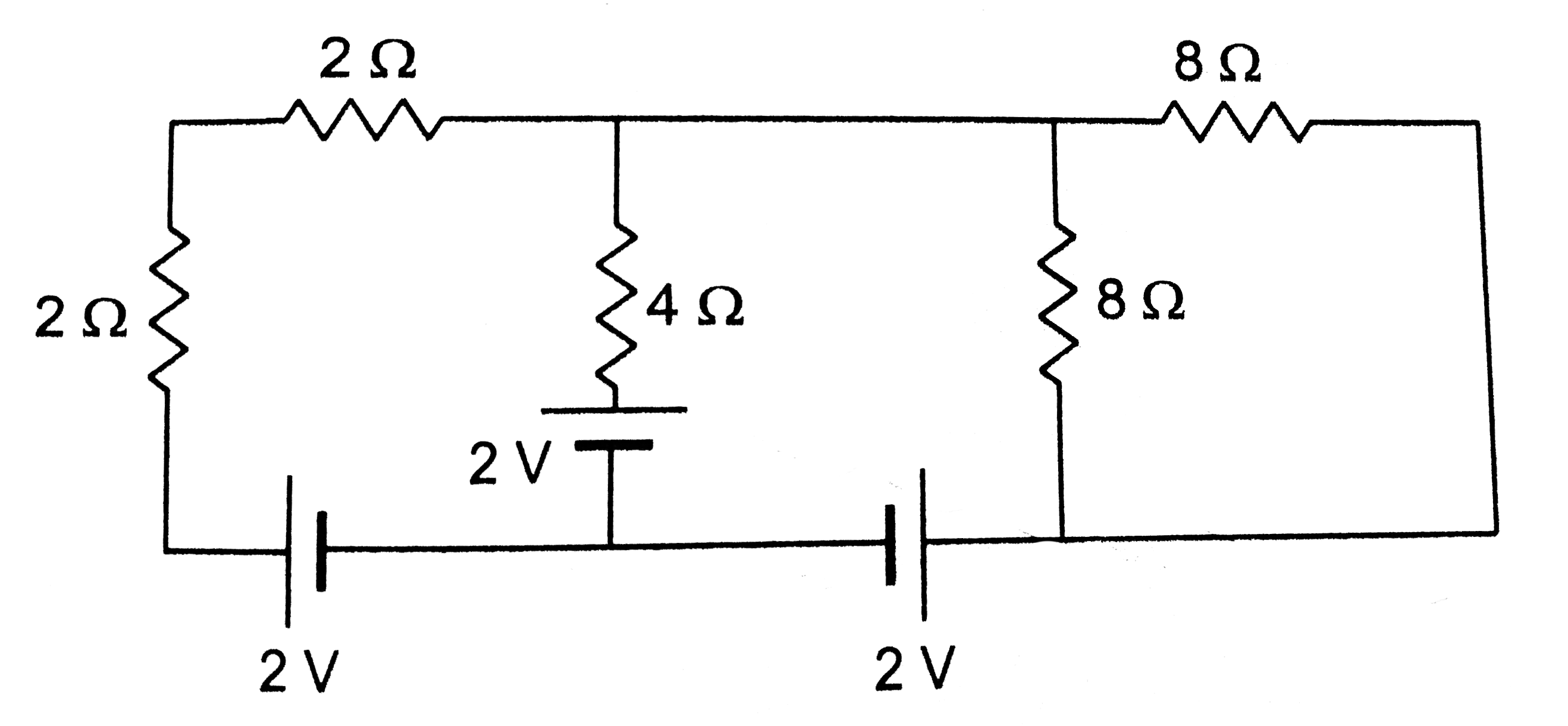
View SolutionFind the currents through the three resistors shown in Figure
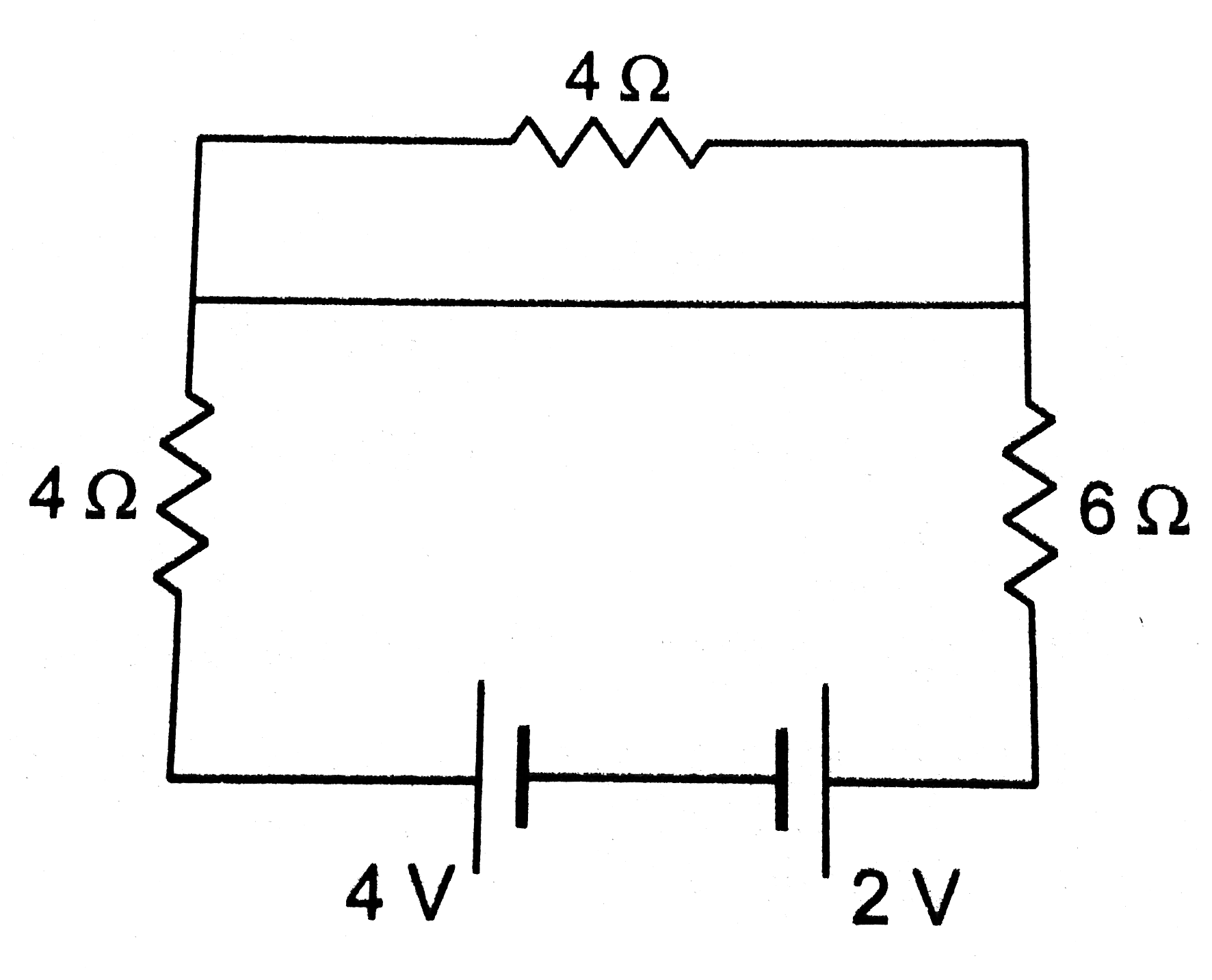
View SolutionFind the current through 12Ω resistor in
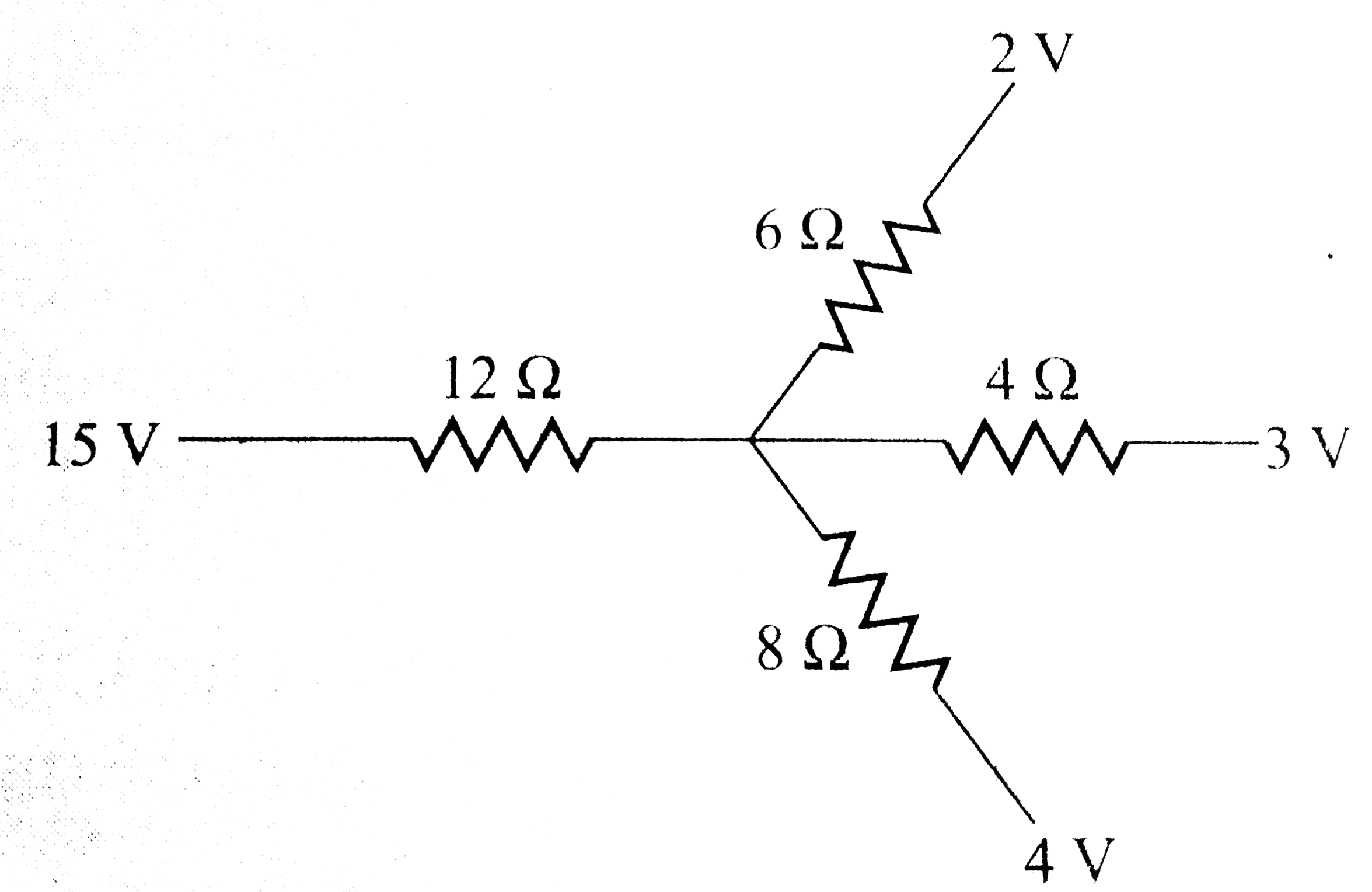
View SolutionA voltage source sends a current 2-5 A to a resistor of 20 Ω connected across it for 5 minutes. Calculate : (i) the p.d. of the source, (ii) the electrical energy supplied by the source, and (iii) the heat in cal, produced in the resistor.
View Solution